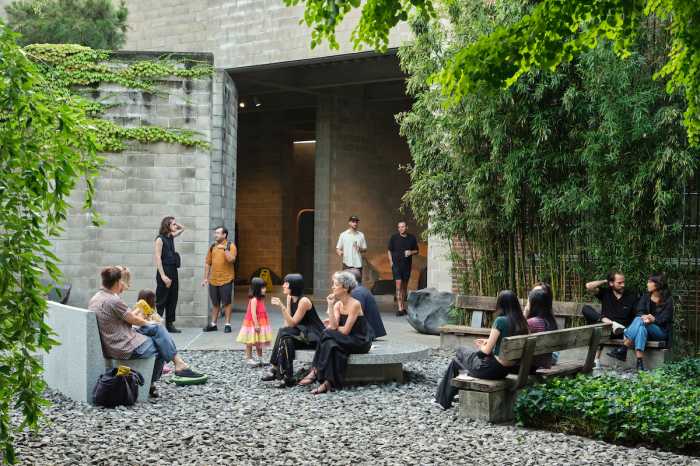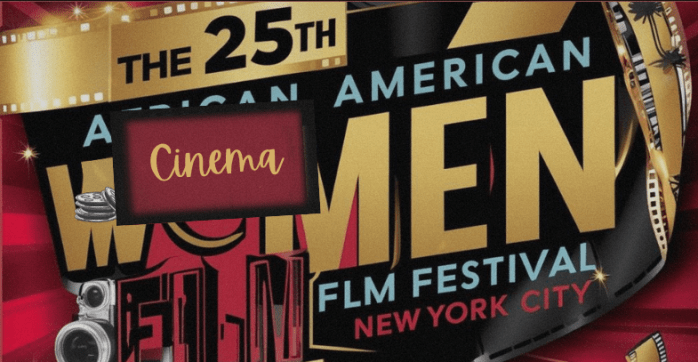
Rendering (EDC)
Jan. 12, 2020 By Kristen Torres
Mayor Bill de Blasio is moving forward with plans to construct the Brooklyn Queens Connector—a $2.7 billion, zero-emission street car that will run 11 miles along the waterfront from Astoria to Red Hook.
The city launched an official BQX website Thursday that provides details of the plan as well as an array of meeting dates in neighborhoods to be served by the proposed streetcar– including in Greenpoint, Astoria and Long Island City.
The city will be providing workshops, webinars, community board presentations, public outreach campaigns and environmental review scoping hearings. The city is taking steps that will ultimately lead to the ULURP process, the mandated city land use review process.
“With the BQX heading toward its public review process, 2020 promises to be a big year for the project,” according to a spokesperson for Friends of the BQX, an advocacy group comprised of real estate developers, transit experts and representatives of public housing.
“Engaging with those who live and work along the route is critical to the BQX’s success, and we applaud the City for putting together a robust outreach plan for the coming months…we expect that support network to keep growing,” the group spokesperson added
The city’s Economic Development Corporation is spearheading the project alongside the Department of Transportation.
The BQX is expected to serve nearly 400,000 people living along the corridor, with connections to 13 subway lines, nine Ferry landings and more than 30 bus routes. The cost for riders is expected to be the same as a MetroCard fare and there would be free transfers to subways and MTA buses.
The BQX was first announced by the de Blasio administration in 2016, and originally consisted of a 16-mile railway running from Astoria to Sunset Park with a $2.5 billion price tag.
The Sunset Park leg of the proposed route was scrapped by the EDC, with the city-backed organization citing low predicted ridership and high construction costs. The estimated price tag increased to $2.7 billion despite the shorter route.

BQX route from Astoria in Queens to Red Hook in Brooklyn
The EDC is expected to release a draft environment impact statement later this year. The agency hired an engineering firm in 2019 to conduct the study.
The proposal has been controversial since it was first announced, with opponents arguing that the new transit system would gentrify surrounding neighborhoods and add to roadway congestion.
But the city contends that the BQX is a much needed transportation link that would provide service to those residents living along the corridor who currently lack easy access to the city’s subway system.
The city needs to get federal dollars to help pay for the project. The city was initially looking to fund it entirely through a concept called value capture–a tax mechanism that uses the increased land value of nearby real estate projects to pay for it. However, revenue from value capture will not be enough.
A report on the plans for the project was last released in 2018. The city aims to start construction in 2024 and complete it by 2029.

Meeting Schedules (Click here for details)
4 Comments







Why not just add buses to this proposed route and forget spending all that extra money on what is technically a “trolley car?”
Where is the upside to this? All of the local businesses will be crushed along the route. De Blasio ? Do you have a clue what you are doing ?
There is a fatal missing $1.4 billion federal funding shortfall flaw to the recent announcement by City Hall concerning advancement of the Brooklyn Queens Street Car Connector project. After five years, there has been no real progress in securing federal funding for the proposed Brooklyn-Queens Street Car Connector project. In 2015, The Friends of the Brooklyn Queens Connector originally claimed it could be built for $1.7 billion. In 2016, the NYC Economic Development Corporation said $2.5 billion. Today, the estimated cost is $2.7 billion. How many more billions might it cost upon completion? It takes more than a simple planning feasibility study to turn it into a viable capital transportation improvement project. There have been no completed environmental documents or design and engineering efforts necessary to validate any basic estimates for the $2.7 billion construction costs. Awarding a $7.25 million consultant contract to perform environmental work supplements the previous $7 million feasibility study for a total of $14.25 million. This leaves the project $2.685 billion short of funding needed for completion. The original completion date has already slipped five years from 2024 to 2029. It is doubtful that the Federal Transit Administration would pay for up to 50% of the cost. Dreams of Amazon doing the same have come and gone since they canceled coming to Long Island City. There is no funding for this project in the MTA $51 billion 2020 – 2024 Five Year Capital Plan, It remains to be seen if this project will be included within the pending long range MTA 2020 – 2040 Capital Needs Assessment document. This report was suppose to have been released by the end of December 2019. Mayor Bill de Blasio has yet to request let alone been granted approval to enter the Federal Transit Administration New Starts process for future funding. The project is not included within the March 2019 FTA New Starts report for federal fiscal year 2020. Don’t count on seeing it in the next FTA New Starts report for federal fiscal year 2021. This easily averages five or more years before there is an approved Federal Full Funding Grant Agreement in place. After five years, NYCDOT has been unable to convince FTA to approve $97 million in New Starts funding toward $231 Woodhaven Blvd. Select Bus Service Phase 2. If NYCDOT can’t obtain $97 million, the odds of obtaining $1.4 billion in FTA New Starts funding toward $2.7 billion for the Brooklyn Queens Street Car Connector are slim to none. It is not ethical for project director Jessica Schumer to “lobby” her father Senator Charles Schumer for federal funding. Without a billion or more from Washington, don’t count on riding the Brooklyn Queens Connector in your life time. Instead, try running simple limited stop bus service on the same route. MTA New York City Transit Queens Bus Network Redesign Draft Plan proposes creation of the new QT 1 bus route. It would cross the Pulaski Bridge to connect Astoria, Long Island City, Greenpoint, Williamsburg, The Brooklyn Navy Yard, and Downtown Brooklyn. This might make for a low cost easy to implement improvement versus the $2.7 billion Brooklyn/Queens Street Car Connector..
(Larry Penner — transportation historian, advocate and writer who previously worked 31 years for the Federal Transit Administration Region 2 NY Office. This included the development, review, approval and oversight for grants supporting billions in capital projects and programs on behalf of the MTA NYC Transit bus and subway & NYC DOT Staten Island Ferry & private franchised bus operators).
Terrific comment.